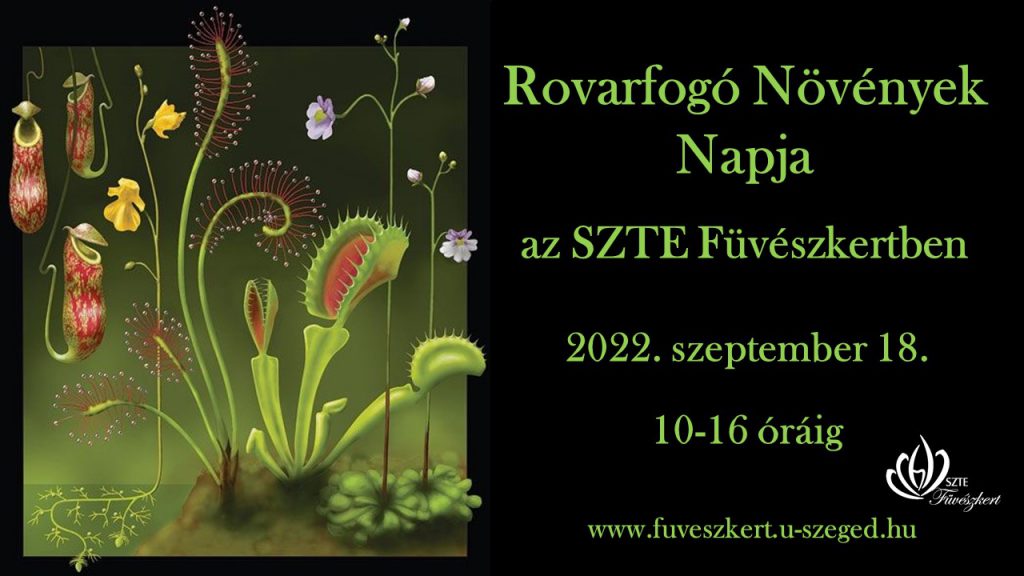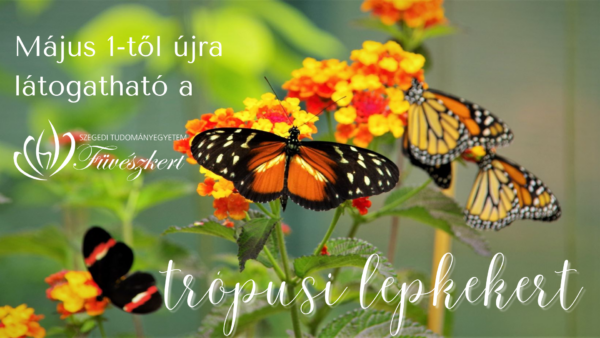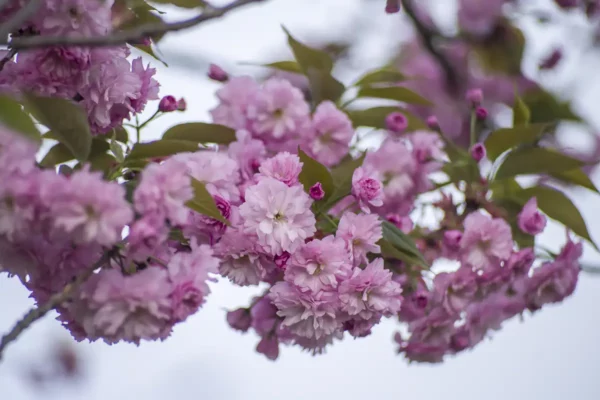Nepenthes, native to the tropics, for example, develop a pitcher-shaped trap that crawls up trees, and the insect lured into the pitcher is digested by a liquid containing enzymes. The stack traps of the hornflowers (Sarracenia) sit at ground level and prey with their funnel-like, hunting horn-shaped leaves.
Predatory plants in the strict sense of the word are pinguicula and Drosera, which have developed an insect-catching technique similar to fly paper. The surface of their leaves contains a sticky secretion and glandular hairs that produce digestive enzymes, which mercilessly capture smaller insects and midges.
The Venus flytrap (Dionaea muscipula) has a movable trap. Its leaf is like an open book when it is at rest, but it folds up with lightning speed and traps an insect walking on its surface if it touches several sensor hairs one after the other. And the list could be continued with the description of quite a few astonishing looting techniques.
In our collection of insect traps, representatives of the most well-known carnivorous plants - hornworts, pitcher plants, Venus flytrap, sedges and dew grasses - can be observed up close. We also present some real rarities, including the Australian pitcher plant (Cephalotus follicularis), the cobra lily (Darlingtonia californica) and the Guyanese sun jar (Heliamphora nutans).
On this thematic day, the attention is even more focused on them. Youth and adults can observe the structure of the traps through a microscope, find out where they live and exactly what kind of lifestyle the individual species lead. We welcome the little ones with games of skill and crafts.
These plants with a unique structure are also popular among gardeners, thanks to breeding there are many color and shape variations. Keeping them indoors can be done successfully with a little attention. Anyone who wants to grow an insect-catching plant at home will have the opportunity to do so. You can buy the plants on the spot, and you can get help from specialists regarding their care. Moreover, you can even set up your own florarium (mini garden enclosed in glass) that provides optimal conditions for the plant. For this, we provide a limited number of canning jars, so if you don't want to leave empty-handed, you should bring a canning jar larger than 7 dl.
{gallery}2021/rovarfogo{/gallery}








